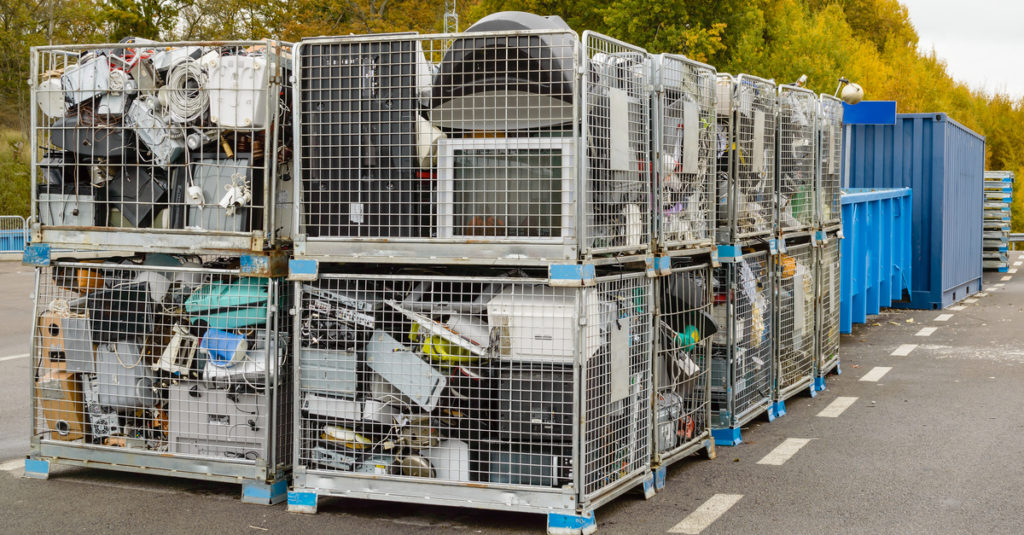The advent of digital technology in the classroom has revolutionized the way teachers educate students from K-12. Devices are flooding into classrooms across the country as school districts are embracing one-to-one computing.
But more devices in schools – and the required hardware and infrastructure to support them – means schools have a new challenge: device disposal.
Computers, tablets, and servers age and become obsolete. They are then replaced with newer, better versions – but what should happen to the old devices? Can you simply toss them in the trash?
For many reasons, getting rid of your devices like you would any other discarded object isn’t the right way to handle the situation. You don’t want data – sometimes privileged data – on the devices falling into the hands of the wrong people.
Here are four ways to make sure you are using the right device disposal strategy to protect your school’s data.
Prevent All Access to the Old System
The first step is to make sure that no one can access anything on the devices themselves once they’ve been decommissioned.
This usually means revoking access via administrator permission, which can be done at the network level. Some permission is device-based, though, so you’ll need to make sure no one can obtain the hardware and access anything on it through any method.
Destroy Data on the Hard Drive
Any data that is on your hard drive needs to be eliminated before you dispose of the hard drives themselves. But just deleting files isn’t enough. You can download various utilities to sweep the hard drive clean of data, or you can have a specialist do it for you.
Destroy the Actual Device
Sometimes, you need to take further measures by physically destroying the device itself.
At this stage, you need to send the devices to a professional who specializes in physical device destruction. They have a variety of methods to completely eliminate risk. It’s not something you should attempt to do yourself, since those who would exploit your data have a variety of sophisticated means to strip data even from severely-damaged devices.
Have a Checklist and Records for the Entire Process
The device disposal process should be methodical. You need to keep track of:
- All active devices
- All decommissioned devices
- What specifically was done to the device to decommission it
- Who took care of the device
- Where the decommissioned devices were sent/are located
- Date and time of the disposal
Having a checklist can ensure the process is followed to the letter, step by step. And keeping records is important just in case something happens, or if you need to inventory your equipment, which many schools do on a regular basis.
Education IT is extremely important for educators. More technology can have a huge impact on learning outcomes. But devices have to be disposed of properly. By following the above advice, a school district can create a solid device disposal policy to protect data and the students they serve.
Virtucom is an education technology provider that offers everything from one-to-one computing to technical training for educators on how to best use technology. Learn more about our services or contact our team for more information.

